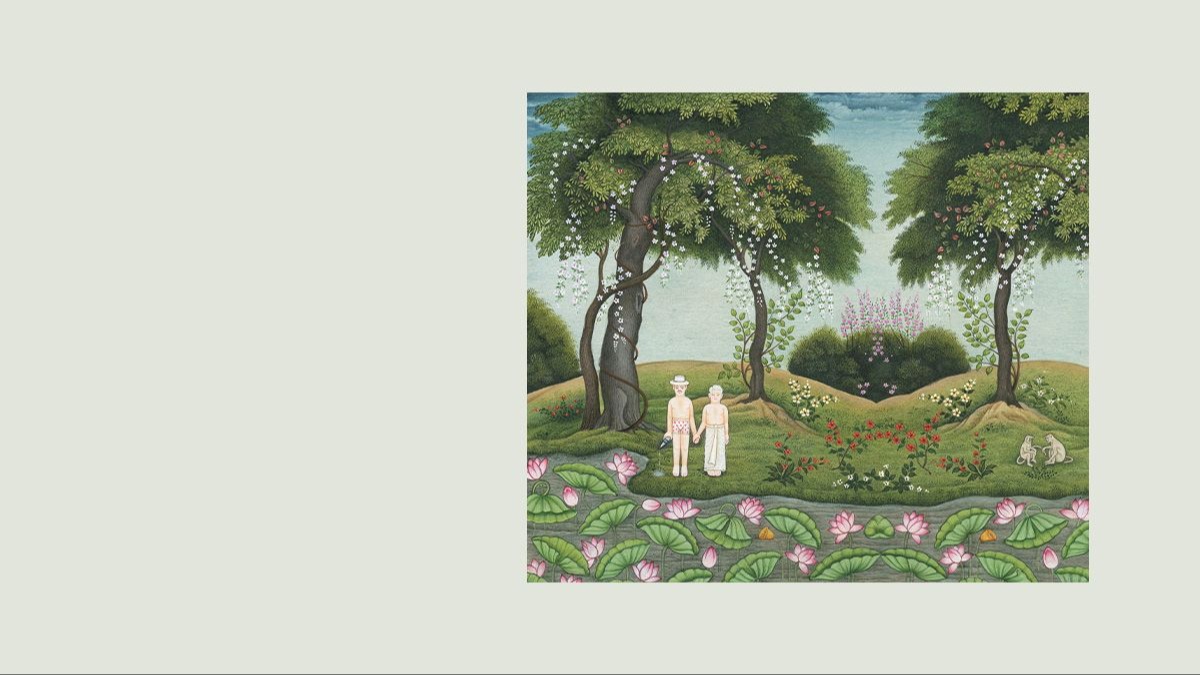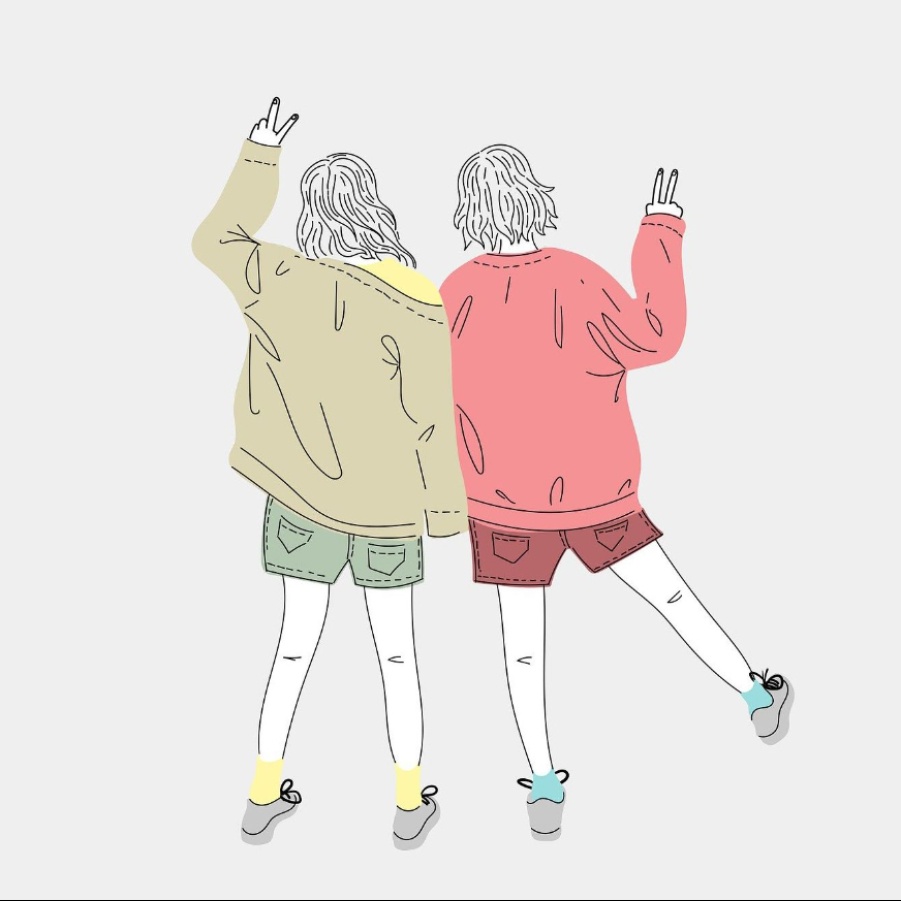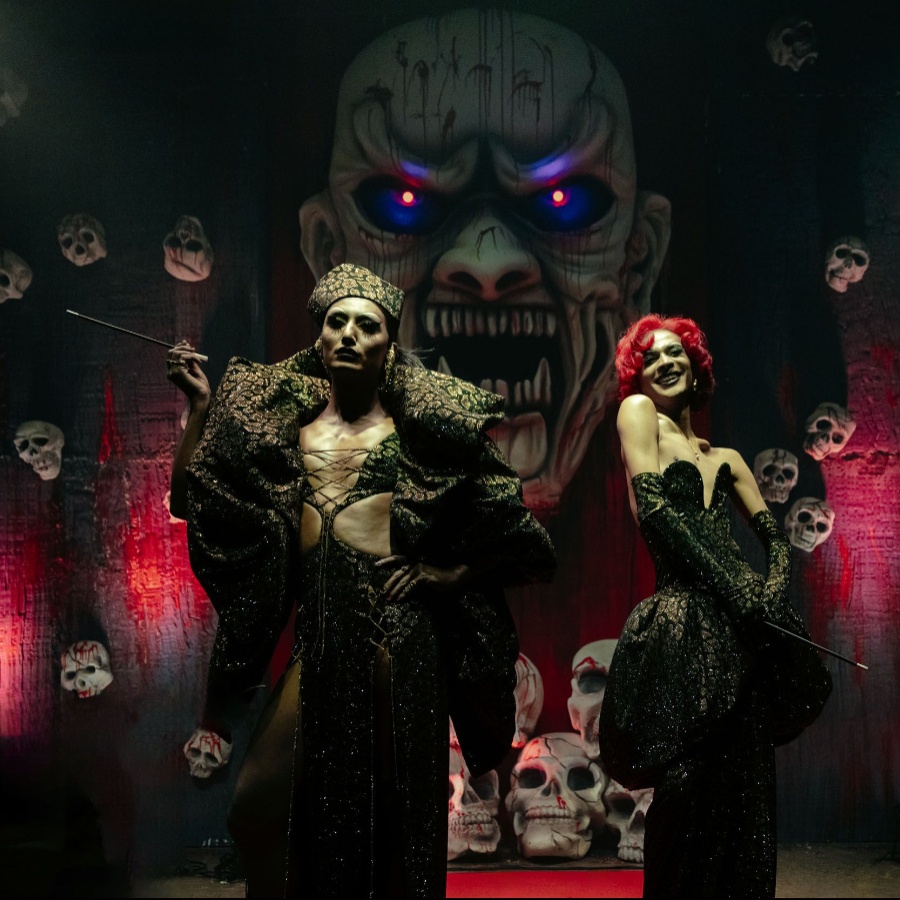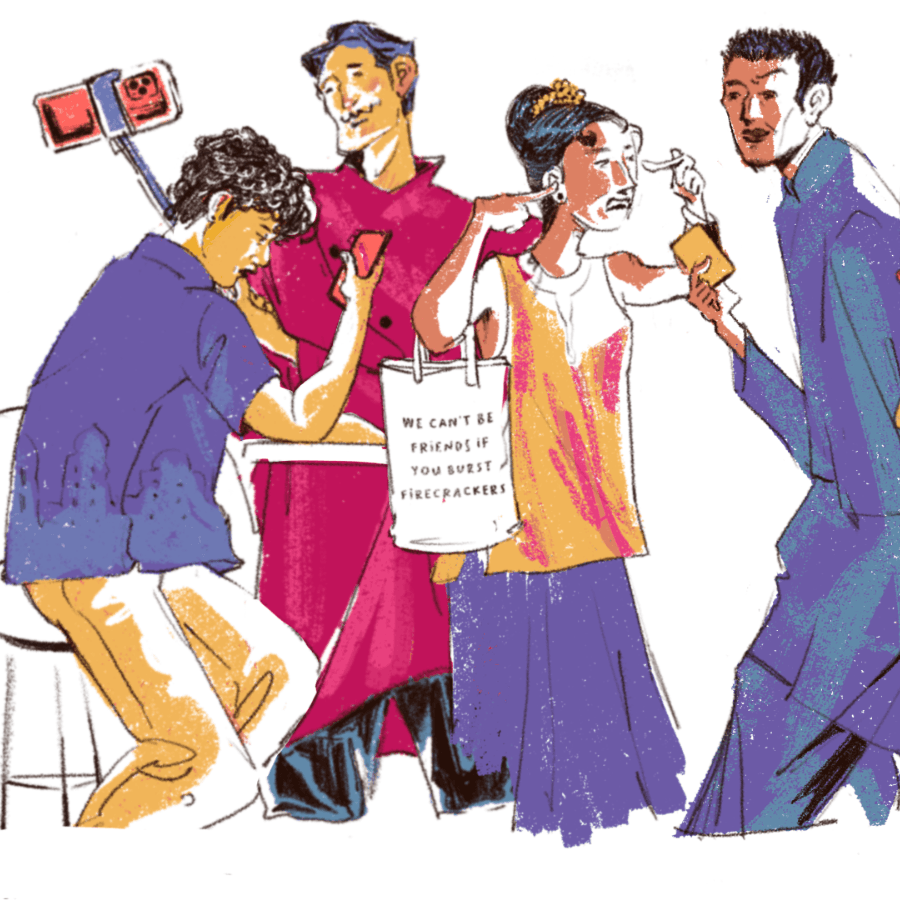The rains have made an early entry into Rajasthan, and there’s a sullen grey sky touching the Aravalli hills, but today, the summer heat has returned with a vengeance. Udaipur, my home, feels abnormally humid. I’m hoping for another downpour to cool us. I’ve just returned from Bangkok and am disappointed to find that I’m just as sweaty in my Rajasthan apartment as I was in Thailand, yet the joy of return has re-energised my jet-lagged, 70-year-old spirit.
Oldness is an identity. I’m not shy about calling myself old these days, although doing so irritates my team of younger artists, all of whom imagine that I will stay forever strong and by their side. For me, age is just a fact, something I must accept and negotiate.
People often wonder why I left the US to live in Udaipur. I first visited the city in 1993, returned often, and settled down here in 2005, renting my first home—a villa that had a spectacular view of Lake Pichola. Udaipur is one of the most beautiful places in India: with many intertwining lakes and rolling hills, quaint old town and abundance of trees, parks, and nature, and the modernity of thought that permeates much of its population. There were practical reasons for my move as well. Udaipur is home to the remaining vestiges of a fading tradition of Mewari miniature painting. I made friends here among the miniaturists, and soon, a couple of them were collaborating with me as friends and co-workers. Today, my team consists of four brilliant artists: brothers Dalpat and Banti Jingar and the father-son duo of Shankar and Chirag Kumawat. Udaipur is also halfway between New Delhi and Mumbai, the urban centres containing the three galleries that represent our work. It’s centrally located so it is a short flight to both cities, leaving me to enjoy a peaceful artistic isolation in a spectacular location, but also a quick connection to the wider, cosmopolitan Indian art scene.
In the US, where I lived the first half of my life, strangers would ask “What do you do?”, sometimes even before asking my name. It was as if my position in the economic hierarchy was the most definitive thing about me. This is also common in India, albeit approached more in the context of caste. In my case, since I’m a white foreigner, people generally begin a conversation with “Where are you from?” Admittedly, I take a mischievous joy in subverting their expectations: “I’m from Udaipur. I’ve lived in India for over 20 years,” I reply. This raises eyebrows and of course, I then need to explain that I was originally from the heartland of America (“Chicago”, I say, because no one has heard of Milwaukee), which leads to the much longer story of my identity: an artist, a writer, sometimes a curator, a businessman, a team leader, an Indophile. If I’m comfortable with the person, the fact that I’m gay slips out easily as we converse. This revelation takes form in sentences such as “My partner lives in Bangkok now, but he’s still the most important person in my life.” It’s something I say without thinking, much less hesitate to speak. It’s just a casual aside, no different than mentioning that I prefer Udaipur to Delhi or books over sports, or that I’m 70 years old. In my mind, this is the best way to normalise what might otherwise be problematic. I’m a senior, I’m an artist, I have several books to my name, I love India, and, by the way, I just happen to be gay.
The diversity of gay men themselves is the widest of spectrums: some are bookish and some athletic, some skew politically left but others right, some are flamboyantly open and some rigidly closed within secretive closets. The only common denominator is their sexual orientation.
There is privilege in this, of course. Being a foreigner places me outside the realm of what would be expected of a desi man. Foreigners are almost always expected to be oddballs, and Indian culture gives us a wide and accepting space. Sadly, the same acceptance does not come easy for most Indian men. In the early days of exhibiting the collaborative miniatures that my team and I make, I unexpectedly won a wide following among individuals in the more closeted gay community. Some even drew comparisons between my work and that of the late Bhupen Khakhar even though, stylistically, there was no comparison. The sole connection was an openness about being gay. My surprise at gaining this new following was because very few of the works that my team and I produce broach the subject of homosexuality: my partner and I can be seen holding hands or sleeping under the same blanket, or even flirting with local Indian men. It struck me that there was a thirst for this sort of representation among a desi set that, at the time, desperately needed positive affirmation. Yet, I never really wanted to be seen as a ‘gay artist’, an appellation so unnecessarily limiting that I unapologetically do my best to circumvent it. My art, like myself, is multifold in scope. I like to think it resists pigeonholing and that it poetically touches upon a wide variety of issues, many of them more metaphysical than political, and gayness, though a part, is not central to its being.
At heart, I’m an old-time liberal. My political and social philosophy stems not only from belief in human rights, freedom, and democracy, but also individuality, a concept that has fallen in esteem among current day leftists. It’s for this reason that I still cling to the term ‘gay man’ rather than LGBTQ or queer. All of these different groups have bonded for the sake of advancing the rights of the sexual or gender nonconforming, but what do we truly have in common other than our shared sense of societal difference and our need to negotiate life along paths far different than our straight and cisgendered friends? Outside of a political protest, gay men are seldom seen with lesbian or trans people, but rather prefer social bonding among each other. The diversity of gay men themselves is the widest of spectrums: some are bookish and some athletic, some skew politically left but others right, some are flamboyantly open and some rigidly closed within secretive closets. The only common denominator is their sexual orientation. In my youth, I joined the struggle for acceptance, going so far as to organise protests and testify in front of the Wisconsin State Legislature on matters of LGBT equality. I like to think I played a small part in winning some battles, but now, at my age, I realise the most important thing in life is our individuality. Groupthink totally annoys me.
So I hole up in Udaipur, a city that is more like a small town, with a largely conservative and religious population. All of my closest friends here are straight, married Indian men, and all accept me for who I am. Udaipur is a strange place that way: highly traditional, yet open and welcoming of differences. There is something truly special about this place, aside from its ethereal, lake-strewn beauty.
In my photobook, Gauri Dancers: The Enigmatic Opera of Mewar, I chronicled the tradition of performative ritual that is deeply dependent on crossdressing and roleplay, and that is unique to this area of the Aravallis. It seems to be a tradition as old as the rolling mountains themselves. I’m always amazed at the way simple farm boys transform themselves into glittering goddesses, and how each village that the troupe of performers comes to opens its homes and hearts to them. From grandfathers to young children, they all come out to revel in the magic of performance: stories from the Ramayana, folk tales of the Bhil tribe, even a playful mockery of political leaders and current events, all morphed and jumbled into a kind of humorous spiritual theatre. This is the land of Mewar, of Chittorgarh and Udaipur, a land that has produced brave warriors and brave women, a land that is deeply independent of thought; uniquely traditional yet playfully accepting.
The sombre skies have darkened while writing this. Once again, the rains have come. The air around me becomes freshly cool. My friends have been calling. My team has questions and suggestions about our current work. This is Mewar. This is Udaipur. This is home, and where I belong.




